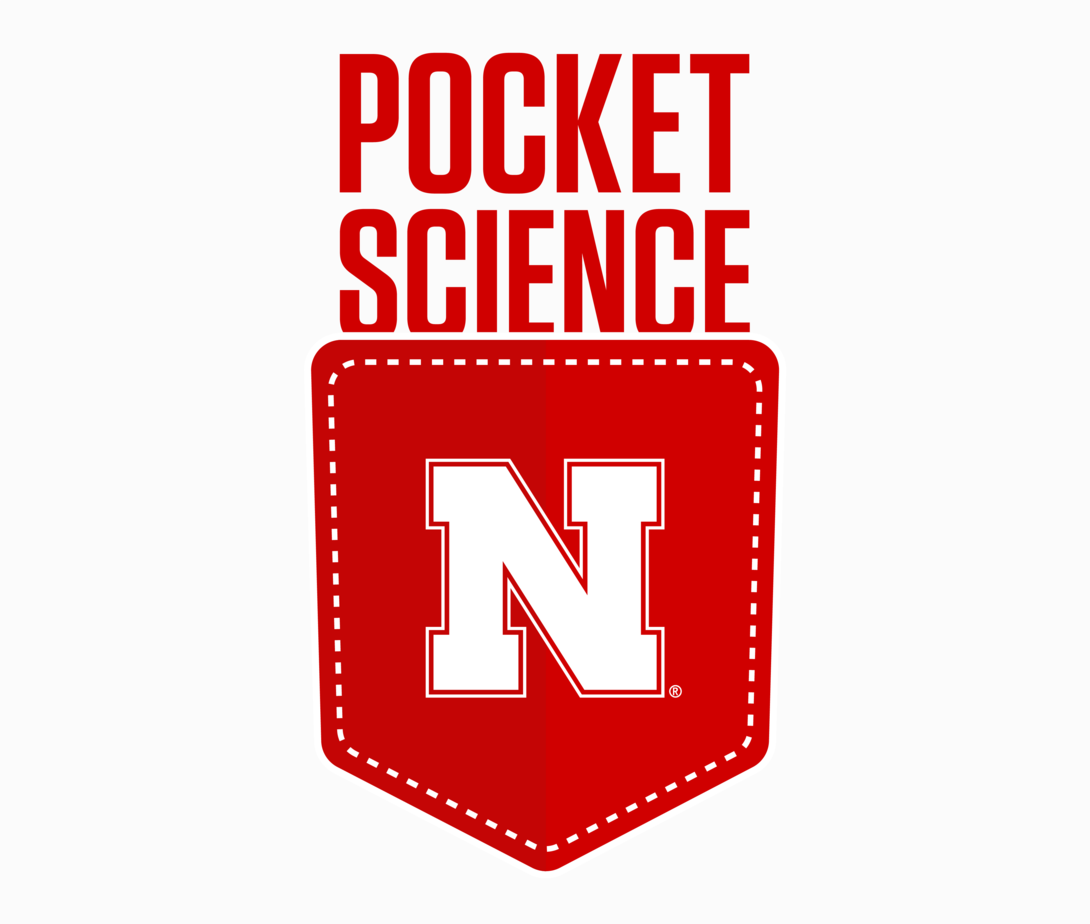Welcome to Pocket Science: a glimpse at recent research from Husker scientists and engineers. For those who want to quickly learn the “What,” “So what” and “Now what” of Husker research.

What?
In 2019, the PGA Tour enacted a minor but notable rule change: Golfers could, if they chose, leave the flagstick in the hole while putting. The natural question: Should they?
The main benefit, it seemed, was that the flagstick might stop, and potentially drop, a putt that was otherwise rolling too fast to nestle in the cup. But, the thinking went, the flagstick might also deflect putts that didn’t strike its very center.
A few ensuing experiments, and basic analyses of the resulting data, came up with differing answers.
So what?

Nebraska’s Chris Bilder, a statistician and avid golfer, decided to take a professional swing at the recreational question. He analyzed data from an experiment that used a ramp system to precisely control the ball’s journey toward the hole. That experiment varied three conditions: the presence of the flagstick; the speed (low, medium, fast) of the ball when reaching the hole; and the ball’s position relative to the flagstick, so that the ball either struck the pin squarely, hit it slightly off-center, or just grazed it.
One of Bilder’s analyses found that if a putt was moving slowly when reaching the hole, there was no meaningful difference between removing vs. leaving in the flagstick. At medium speed, though, the estimated odds of holing a putt were 3.45 times as large with the flagstick out. For a high-speed putt, the estimated odds were instead 10 times as large with the flagstick in — though that advantage seemed to arise mostly when a putt was dead-center.
Now what?
Given that golfers are more likely to hit a putt with medium pace, removing the flagstick is more likely to help than hurt, Bilder said.
His takeaway? In most situations, golfers are better off taking out the pin.







